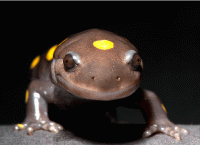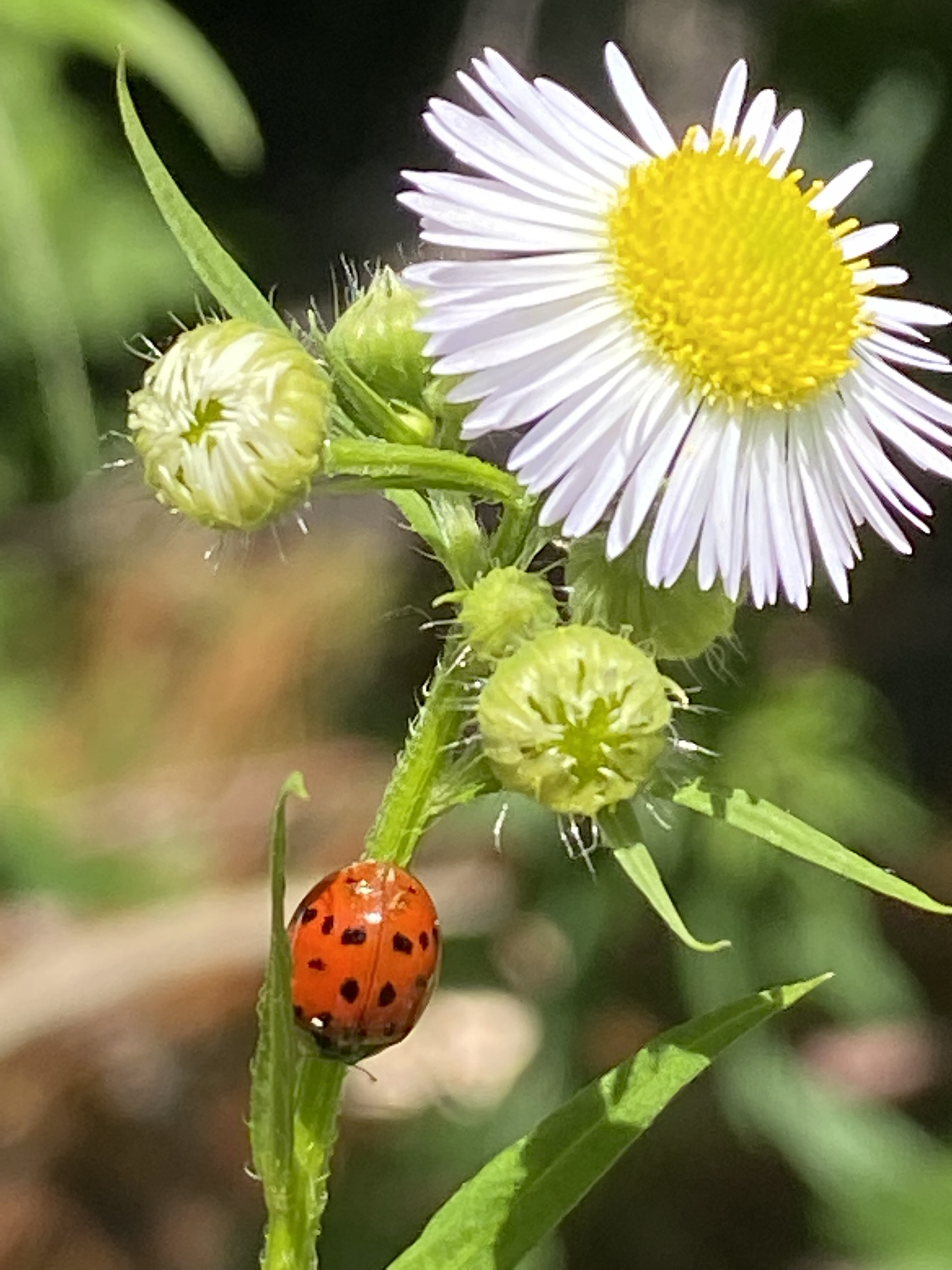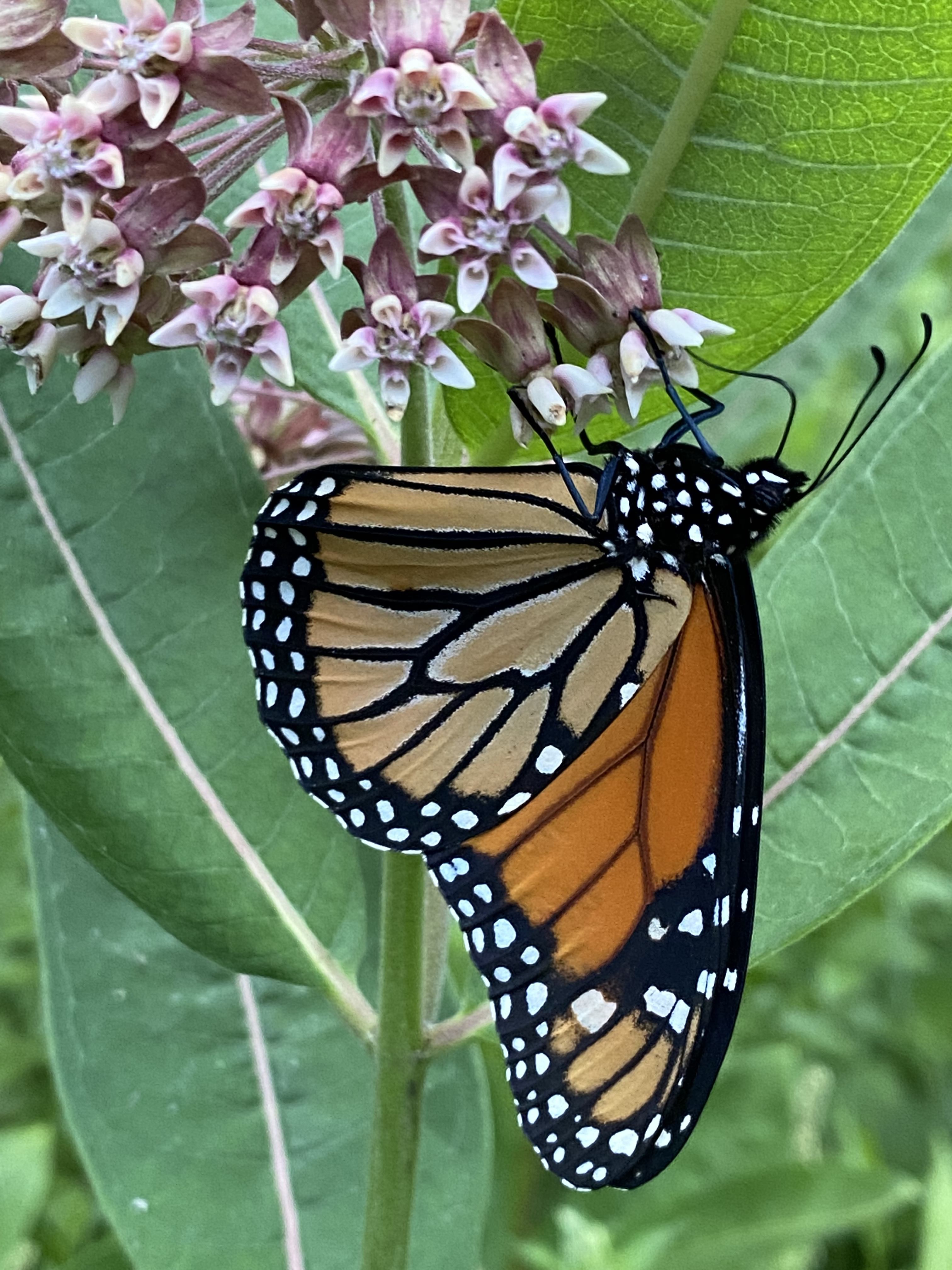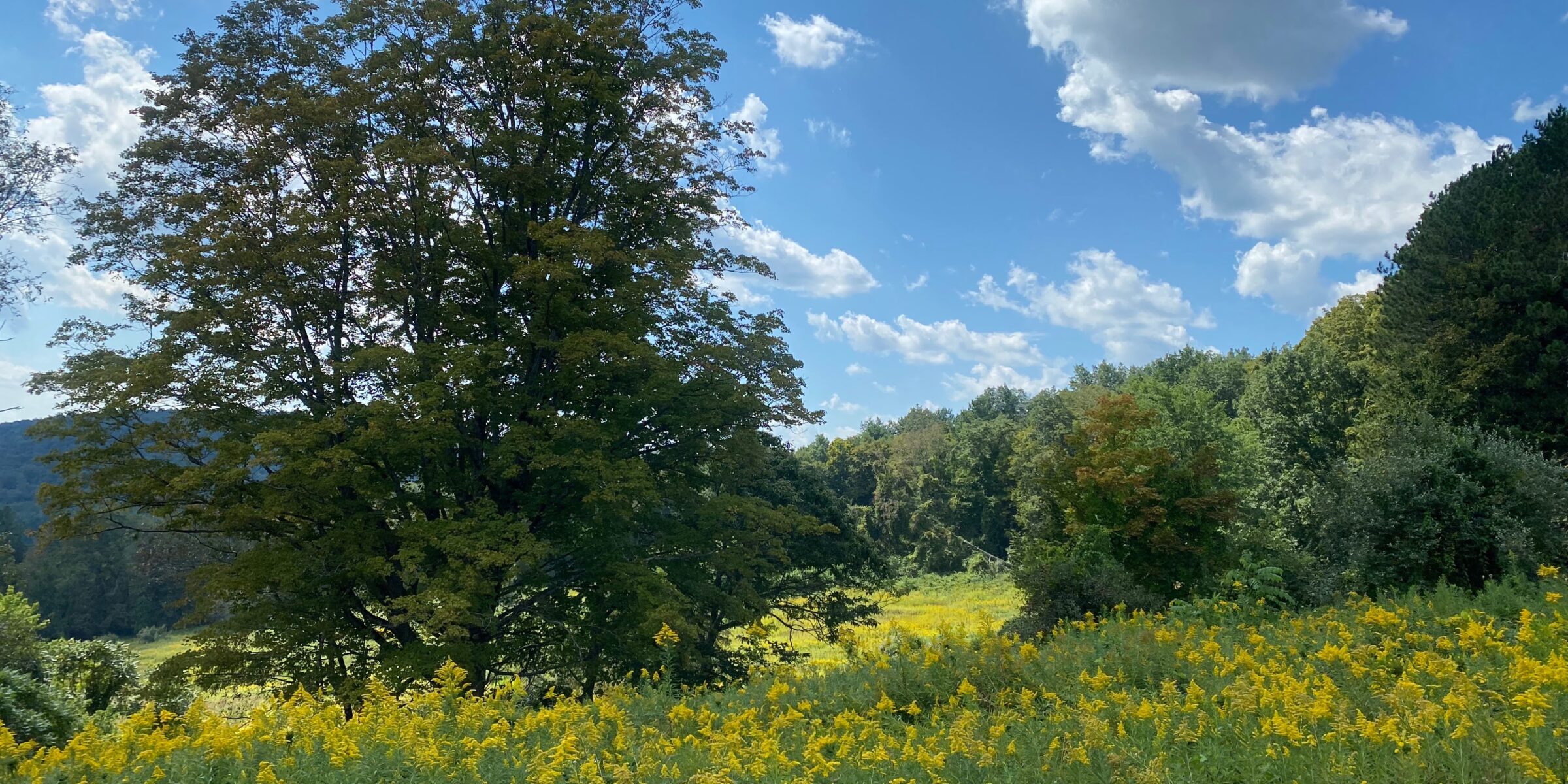Whether you have an hour, or several hours a week, you can contribute to scientific research that can help make our planet healthier.
 Become a Salamander Crossing Guard
Become a Salamander Crossing Guard
Each spring, BEEC organizes volunteers to help amphibians safely reach their breeding pools—and gather data along the way. Please consider joining our Salamander Crossing Brigade.
Participate in an iNaturalist Project
iNaturalist is a worldwide online project that allows anyone to post observations of species. It is also a community of naturalists that help verify identifications, and it includes a wonderful app that helps participants identify their discoveries. Within the platform there are opportunities to participate in specific projects. We even have our own project here at BEEC! To contribute observations to our Bonnyvale Environmental Education bioindex, just use the iNaturalist app to document wildlife and plants on your next visit to our nature trails.
Vermont Center for Ecostudies
 Vermont Center for Ecostudies administers the Vermont Atlas of Life, which documents biodiversity across the state. They also have a variety of community science opportunities (from monitoring vernal pools to breeding bird surveys to their new eButterfly app).
Vermont Center for Ecostudies administers the Vermont Atlas of Life, which documents biodiversity across the state. They also have a variety of community science opportunities (from monitoring vernal pools to breeding bird surveys to their new eButterfly app).
Connecticut River Conservancy
The Connecticut River Conservancy organizes community science events throughout the Connecticut River watershed, including in the Brattleboro area. You can check their volunteer registration site for upcoming opportunities in the spring and summer season, as well as other types river-themed events throughout the year. There is also a Vermont-specific newsletter that will help you stay informed of local river news and upcoming activities as they are scheduled.
SciStarter
SciStarter helps link community scientists to projects. You can learn about many projects and opportunities at this site.
Monarch Rx
Sadly, the International Union for Conservation of Nature, (IUCN) has added the migratory monarch butterfly (Danaus plexippus plexippus) to its Red List of Threatened SpeciesTM as Endangered. This is due to habitat destruction as well as climate change.
The Humane Gardener noticed interesting Monarch butterfly behavior that ultimately resulted in a paper published in Ecological Entomology, “The puzzle of monarch butterflies (Danaus plexippus) and their association with plants containing pyrrolizidine alkaloids,” and the creation of a community science project, Monarch Rx. You can contribute to this important research to better understand these amazing insects.
The Monarch Larva Monitoring Project (MLMP) involves volunteers from across North America and New Zealand in monarch research. It was developed in 1997 by researchers at the University of Minnesota to collect long-term data on larval monarch populations and milkweed habitat. The project focuses on monarch distribution and abundance during the breeding season.
As an MLMP volunteer, your contributions will aid in conserving monarchs and their threatened migratory phenomenon, and advance our understanding of butterfly ecology in general. Learn more about broader monarch conservation efforts on the Monarch Joint Venture website.
The Great Sunflower Project
Contribute to pollinator and pesticide research. There are a few types of surveys you can add to at The Great Sunflower Project. Plant a Lemon Queen sunflower and count bee visits in five minutes, or do a stationary count for five minutes in a flower garden anywhere. To participate, you will need to
- Have an accurate identification of the plant you are observing
- Observe that plant for at least five minutes
- Count every single pollinator that visits
- Report this on the website as a stationary count
Community Collaborative Rain, Hail, and Snow Network (CoCoRaHS)
All weather enthusiasts across Vermont can join the CoCoRaHS network. The distribution of precipitation in the state is widely varied due to the terrain. The terrain also limits the effectiveness of weather radar and radar-based precipitation estimates, thus, we have a strong reliance on precipitation reports from observers. Your data can help improve forecasts and warnings! It could even save lives. Consistent observations are also important. If you decide to join, please make every effort to report each day.
